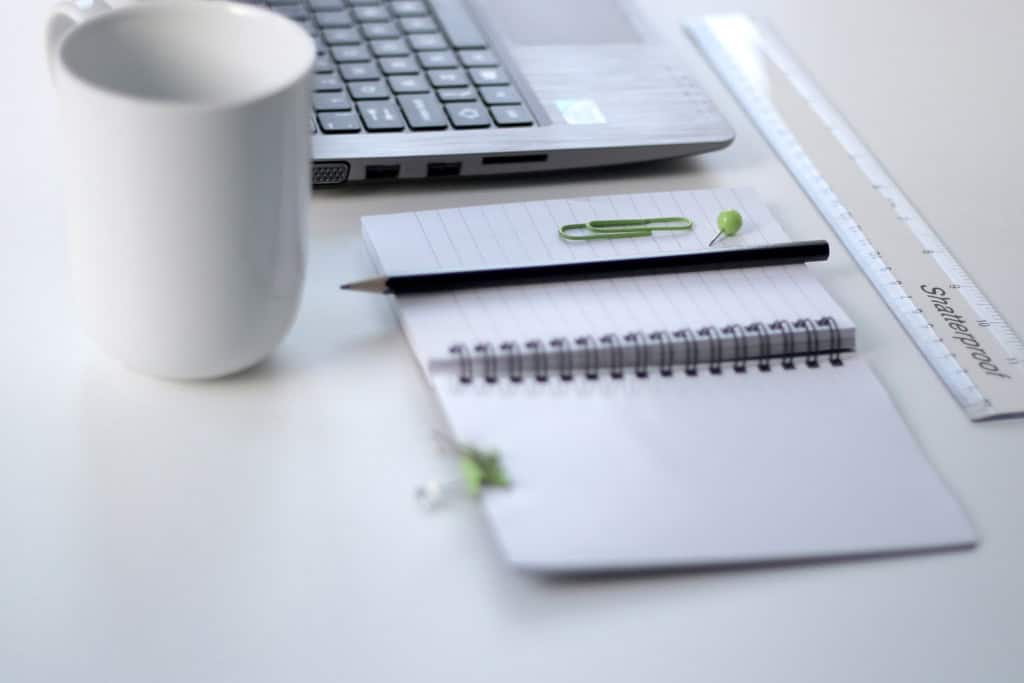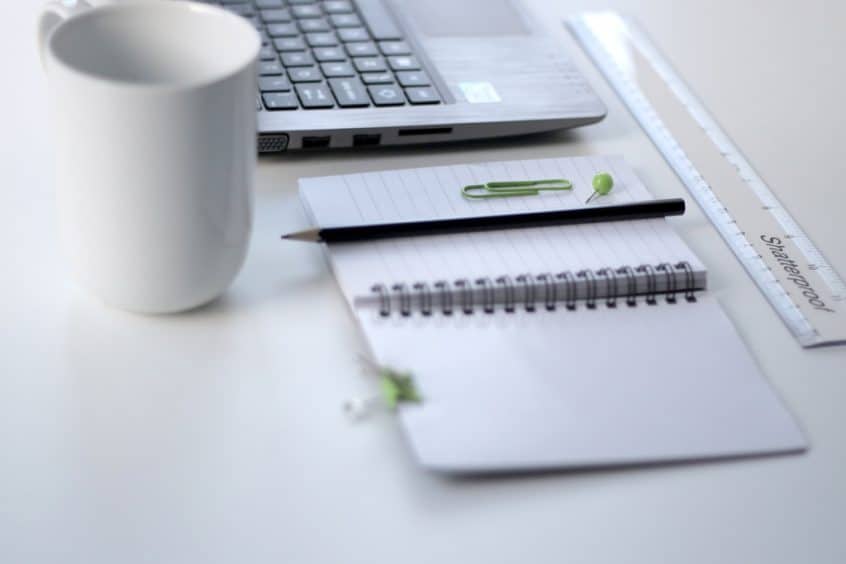
To mono-task, clear your workspace and have a notebook ready for ideas
Chances are you’ll check your phone or flick off a quick email while you read this. You’re getting things done, right?
Wrong. Research now shows that multitasking — hailed in our über-busy culture as an essential skill you should master, or face being left behind — achieves far less than you think.
Real multitasking is only possible when one task is automated, such as listening to music while driving, or when we are using different parts of the brain, for example eating and talking. As for most of what we call multitasking, here are five truths:
- It is actually task switching, or continuous partial attention. Our brains are “not wired to multitask well,” says Earl Miller, a professor in Neuroscience at MIT. “When people think they’re multitasking, they’re actually just switching from one task to another very rapidly. And every time they do, there’s a cognitive cost in doing so.”
- It wastes your time. As we shift from one task to another in quick succession, the transition is not fast, smooth or efficient — we need 20-40% more time to complete a complex task than if it were done uninterrupted. And it is exhausting.
- It lowers your productivity. Research by the University of London showed that participants who multitasked while performing cognitive tasks saw their IQ levels drop as much as after missing a night’s sleep or smoking marijuana.
- It increases your stress. We become more anxious as multitasking pushes up the levels of the stress hormone, cortisol.
- It’s addictive. Each time we complete a small task such as opening an email or replying to a message, dopamine — the feel-good hormone — is released and we want more of it. This creates a dangerous illusion that we are achieving a lot, whereas in reality we are wasting time and fuelling what for many becomes a neural addiction. A McKinsey study found that employees spend 28% of their workweek checking emails.
So, what is the answer? Our brains function best when we focus on a specific task, known as mono-tasking or uni-tasking. To become better at this:
- Switch off distractions. When you need to focus on an important task, set yourself up for success. Silence your phone, turn off notifications and close all web browsers on your laptop.
- Order your workspace. Clear your desk from anything that will nag at your subconscious, from piles of discarded paperwork to unimportant tasks lurking at the bottom of your in-tray.
- Have a place to note ideas. Keep a notebook or app handy where you can jot down ideas that pop up while you are working, so they won’t hover at the back of your mind.
- Play to your strengths. Become aware of when you are most effective during the day and maximise these times.
- Prioritise tasks. Don’t jump into a new action — add it to your task list and then decide when you will do it. Bunch similar tasks together and schedule slots for them, such as checking emails only at certain points in the day.
- Chunk your day. Choose the most important task on your list and spend at least 20 minutes of complete focus on it. At the end of this time, decide whether to continue or do something different for the next 20 minutes.
- Move regularly. In between chunks, stretch and breathe. After an hour or so, get up and do something completely different – being hunched over a computer for extended periods depletes us. Moving helps us to feel more active and alert; try to achieve 10,000 steps a day.

